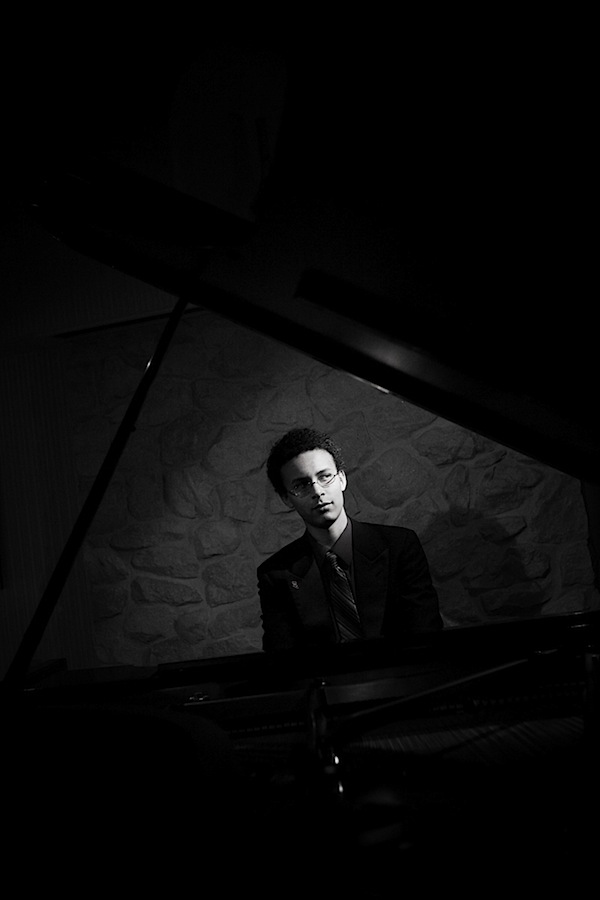 Studio Portraits verses Natural Light
Studio Portraits verses Natural LightWhen portrait photographs are composed and captured in a studio, the photographer has control over the lighting of the composition of the subject and can adjust direction and intensity of light. There are many ways to light a subject's face, but there are several common lighting plans which are easy enough to describe.
Yousuf Karsh was an eminent portrait photographer
Light Source
One of the most important things of a good light source is its size. This determines what type of shadows you are going to have and also affects the type of reflection. Small light sources will produce a hard edged shadow, large light sources will produce a soft edged shadow.The most important light source in our life, the SUN. In a nice bright day with no clouds the sun will act as a small light source. On the other hand when it is a cloudy day the clouds will act as diffuser and the light source will not arrive from a direct single point but will be diffused through the clouds thus becoming a large light source and therefore producing soft edged shadows.
 |
| Winston Churchill by Yousuf Karsh |
Lighting Angles
A person looking at an object sees each point of that object at a slightly different angle. If we sum up all these angles we would have a family of angles. The family of angles is very important thing to master as a photographer because it determines where we can place or where we cannot place our lights.For this Studio Portrait Assignment, you are going to work with three basic lighting angles: Hatchet/Side Lighting, Rembrandt, and Glamour/Butterfly lighting.
Studio Lighting Preparation Assignment
- Find an example of each lighting set-up/formation as we went over in class from the internet and post in your journal (like figure 1).
- Explain how the lighting set up is arranged to create this effect.
- Find some examples of each lighting effect and save them to your blog.
- Find a studio lighting tutorial and link it to your blog.
- Plan out your shoot in your blog include the following considerations for each lighting scenario: model, costume, background, framing (see "Overview of Shot Sizes" sheet), props? makup?
 |
| Glamour/Butterfly Lighting |
  |
| Rembrandt Lighting Side/Hatchet Lighting |
